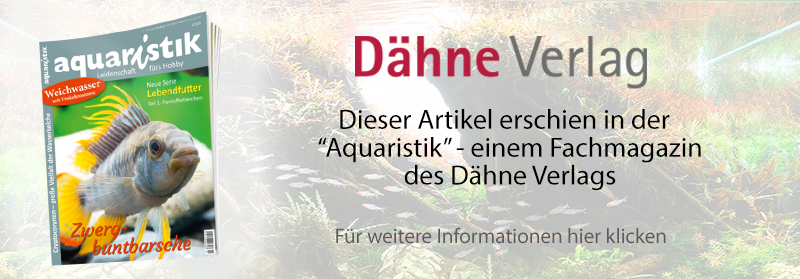Species protection for Malawi cichlids
Table of contents
- Science recommends: Sell more fish to aquarists instead of eating them!
- No hunger on the shores
- Smaller fish
- Fishing and deforestation
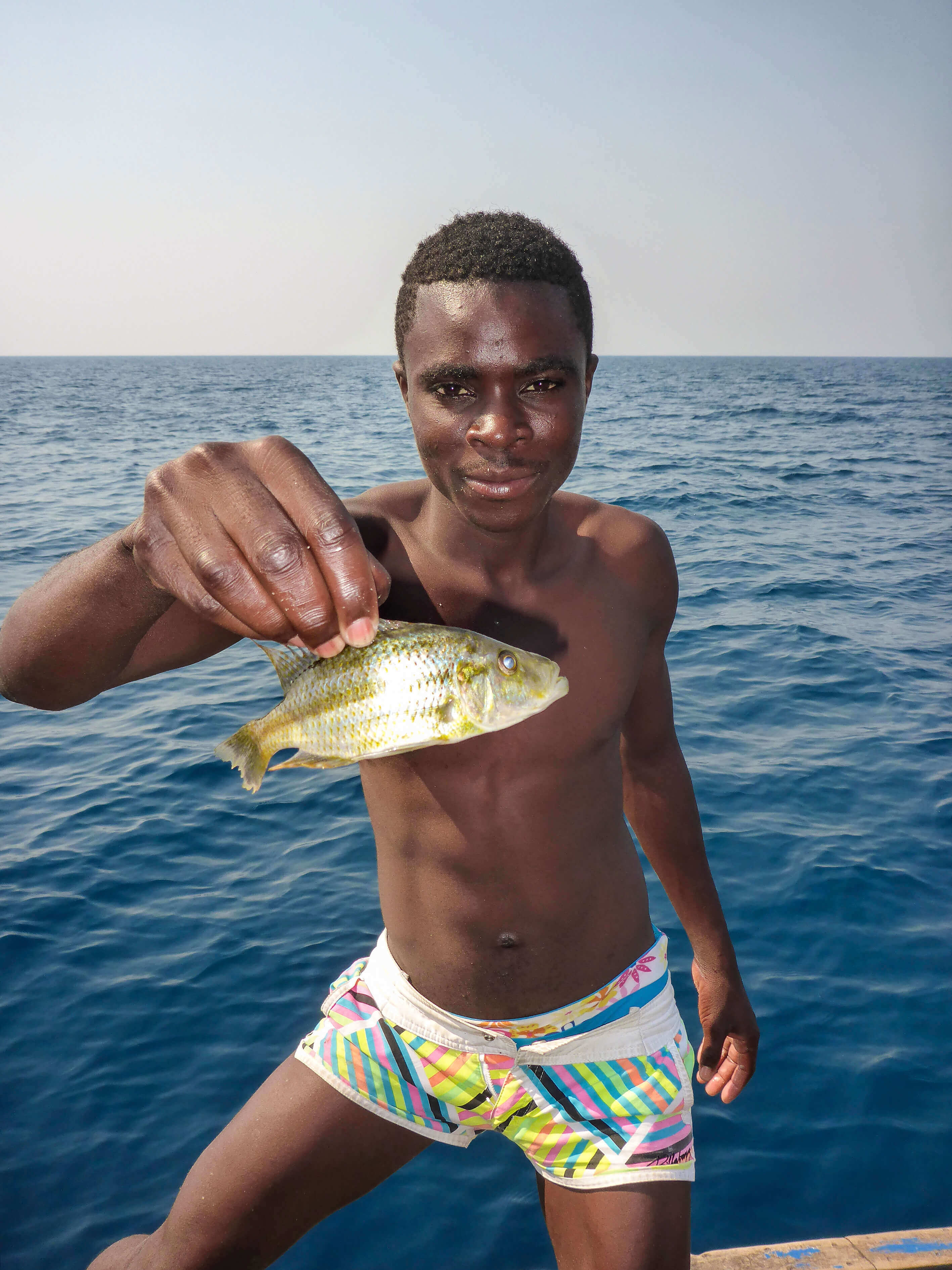 A nearly full-grown specimen of the rare golden-yellow color form of the knife cichlid(Dimidiochromis compressiceps) from Chisumulu: The young fisherman might hardly suspect what a coveted rarity is going into his cooking pot.
A nearly full-grown specimen of the rare golden-yellow color form of the knife cichlid(Dimidiochromis compressiceps) from Chisumulu: The young fisherman might hardly suspect what a coveted rarity is going into his cooking pot.
Science recommends: Sell more fish to aquarists instead of eating them!
It should have gone around that the protection of the habitat is not only the best species protection, but also the necessary and unconditional condition for each form of the protection and/or any kind preservation of plants and animals. Actually. And that a removal of aquarium fish in their countries of origin in many cases has a rather positive influence on the preservation of natural ecosystems has also often been described (e.g. Staeck 2014, here is also a wealth of further literature as evidence).
Finally, compared to many other gainful activities available to people in the tropics - such as gold prospecting or logging - this is virtually habitat-preserving work, because fishing requires an intact biotope, otherwise the "production" of fish dries up. All this has been said and written a hundred times.
No hunger on the shores
It is not at all surprising that the exceptionally colorful cichlids of Lake Malawi - known as coral fish of freshwater - are seen by an enthusiast in Germany primarily as ideal aquarium fish. Especially since they are predominantly only around 10 to 15 centimeters in size and, as maternal mouthbrooders, can be ideally socialized and reproduced without any problems.
But regardless of all this biological knowledge and enjoyment of nature, for hundreds of thousands of people living on the shores of this great East African rift lake in Malawi, Tanzania and Mozambique, they are one thing above all: food. Tons of these cichlids are pulled ashore every day. At Lake Malawi, people do not suffer from hunger.
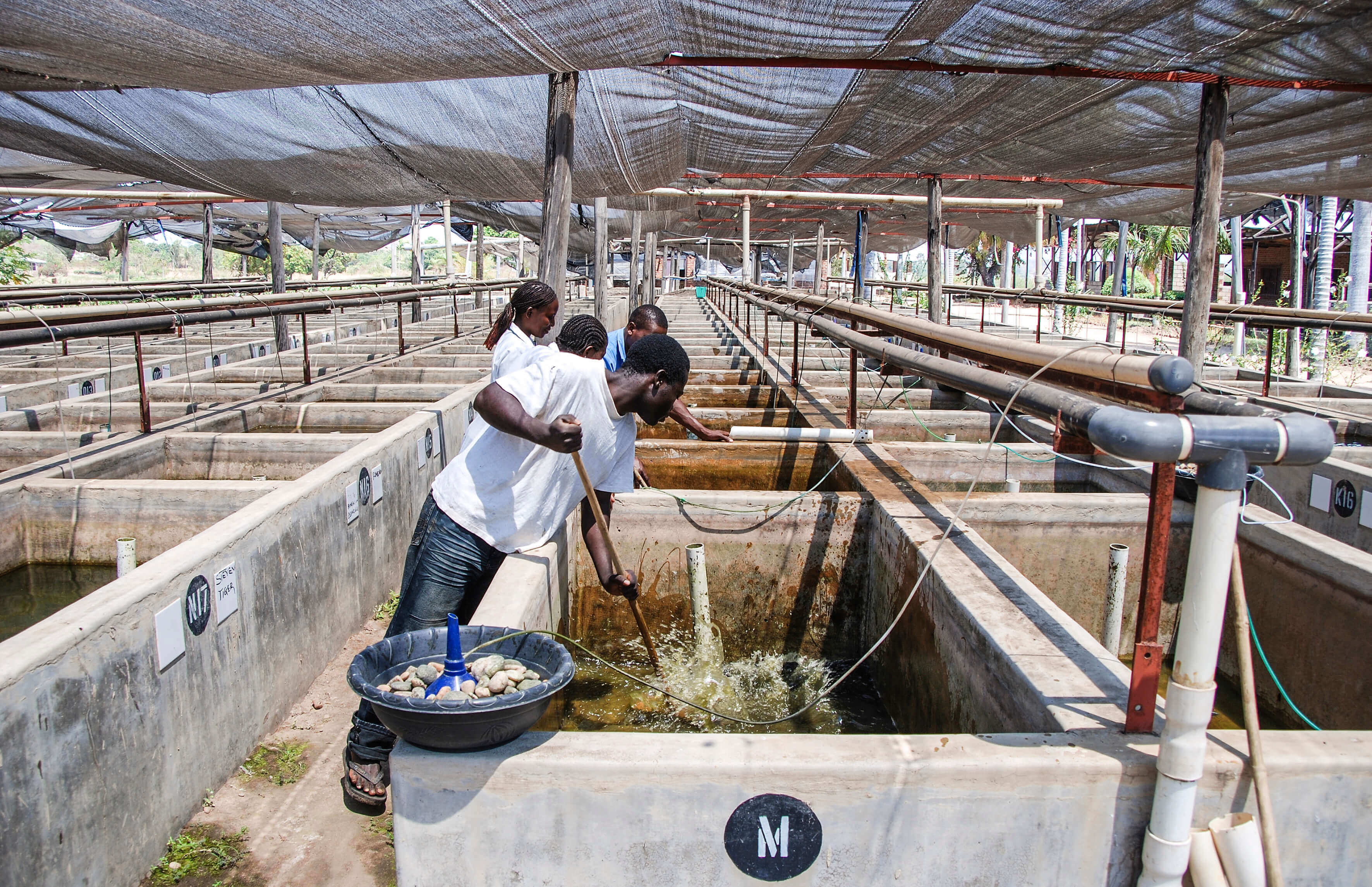 Fishing station in Kambiri (Salima): the cichlids caught are kept separately by catch location and species in large concrete tanks.
Fishing station in Kambiri (Salima): the cichlids caught are kept separately by catch location and species in large concrete tanks.
Smaller fish
When I visited Lake Malawi for the first time in 1984 and spent six weeks diving the fascinating habitats of this unique, almost 600 km long body of water, the population of Malawi was 4 million. in 2020, it was 19 million, almost five times that number.
It may be a subjective perception, but in the following years, and especially from 2010 onwards, I had the impression that there were significantly fewer larger fish to be observed on dives along the stretches of coastline that were particularly densely populated by people. And even the sea-typical chambos, a tilapie of the genus Oreochromis, served in restaurants have definitely become smaller over the decades.
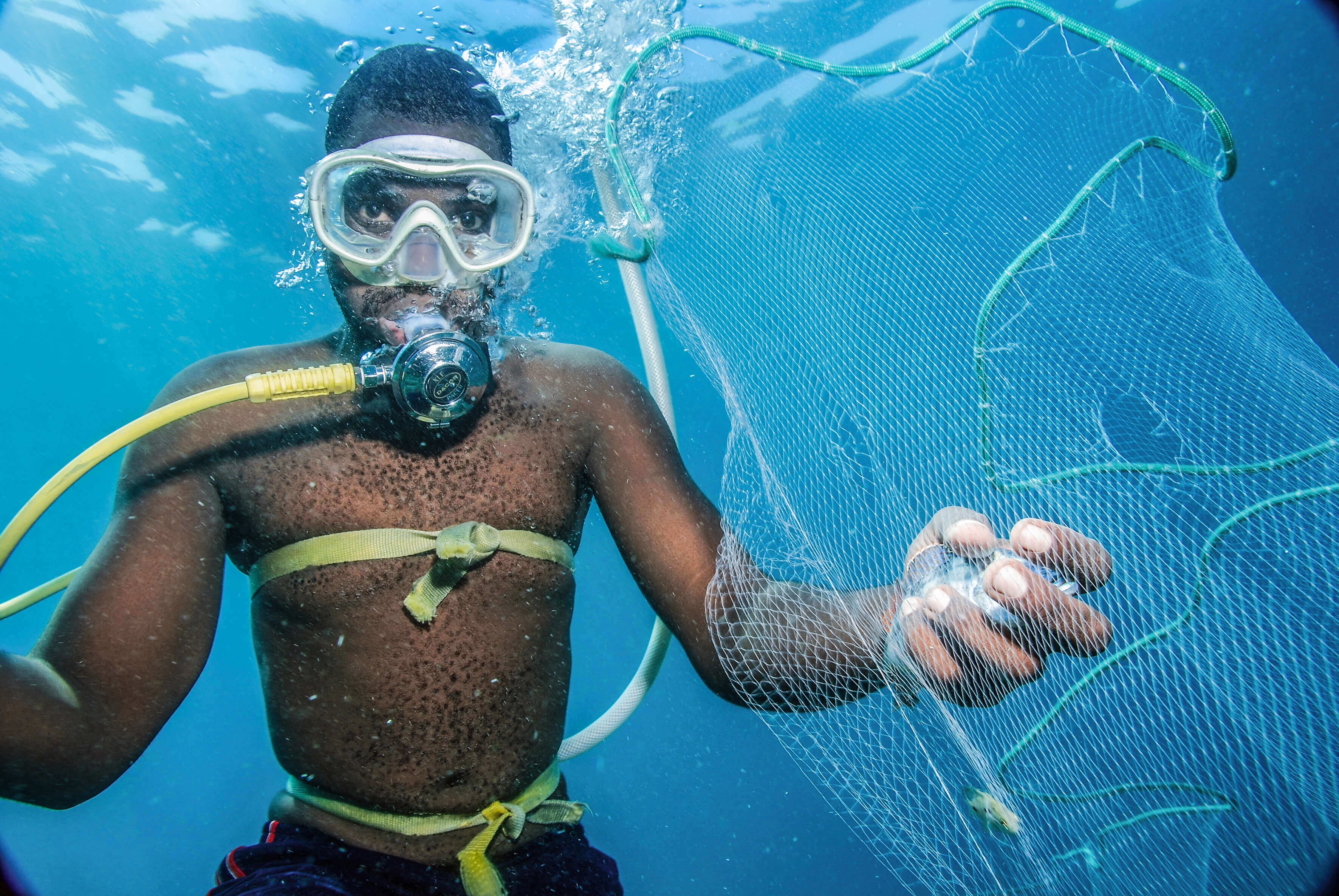
Aquarium fish are selectively caught at Lake Malawi. The desired specimens are carefully released from the net by hand under water and brought to the boat.
South African scientists around Tony Ribbink studied the incredible species diversity of Lake Malawi cichlids, especially the rock cichlids (Mbuna), in the early 1980s and presented it comprehensively to the world public for the first time in a "preliminary report" (Ribbink et al. 1983). A major impetus had been provided not least by the numerous reports on these cichlids submitted by aquarists - since the early 1960s, Lake Malawi cichlids had been exported mainly to (West) Germany.
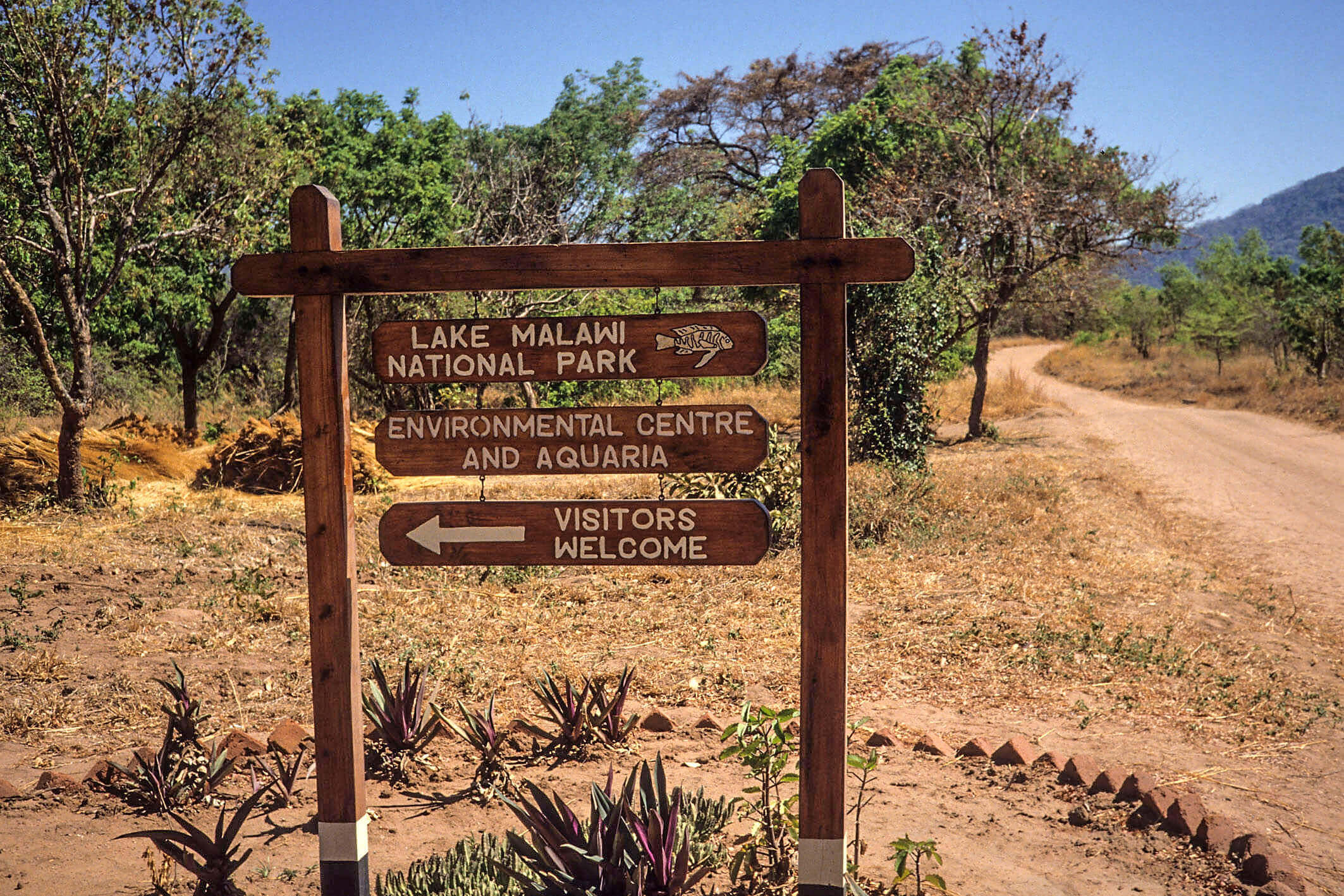
In the early 1980s, the world's first freshwater underwater national park was established in southern Lake Malawi at Cape Maclear.
Ribbink et al. pointed out that the equivalent value of a tilapia in "hard" currency is much higher than that derived from its protein content: By this, the scientists mean that Malawi should sell more of its unique cichlids to fish lovers and eat fewer of them, since the proceeds of the sale can buy many times more protein.
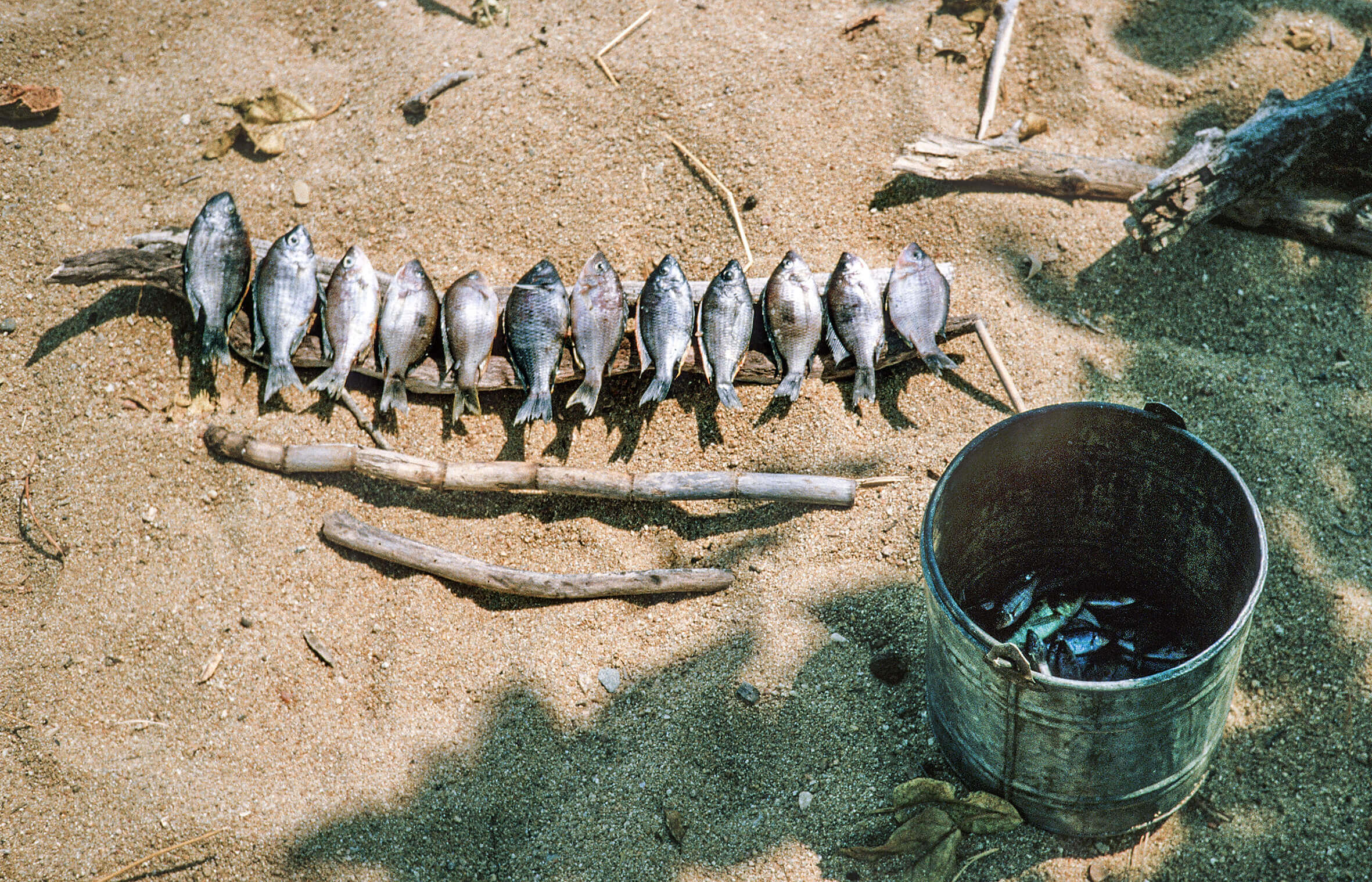
Copadichromis species belonging to the Utaka, here C. geertsi, are popular aquarium fish. Here they are preserved by drying for the small hunger in between.
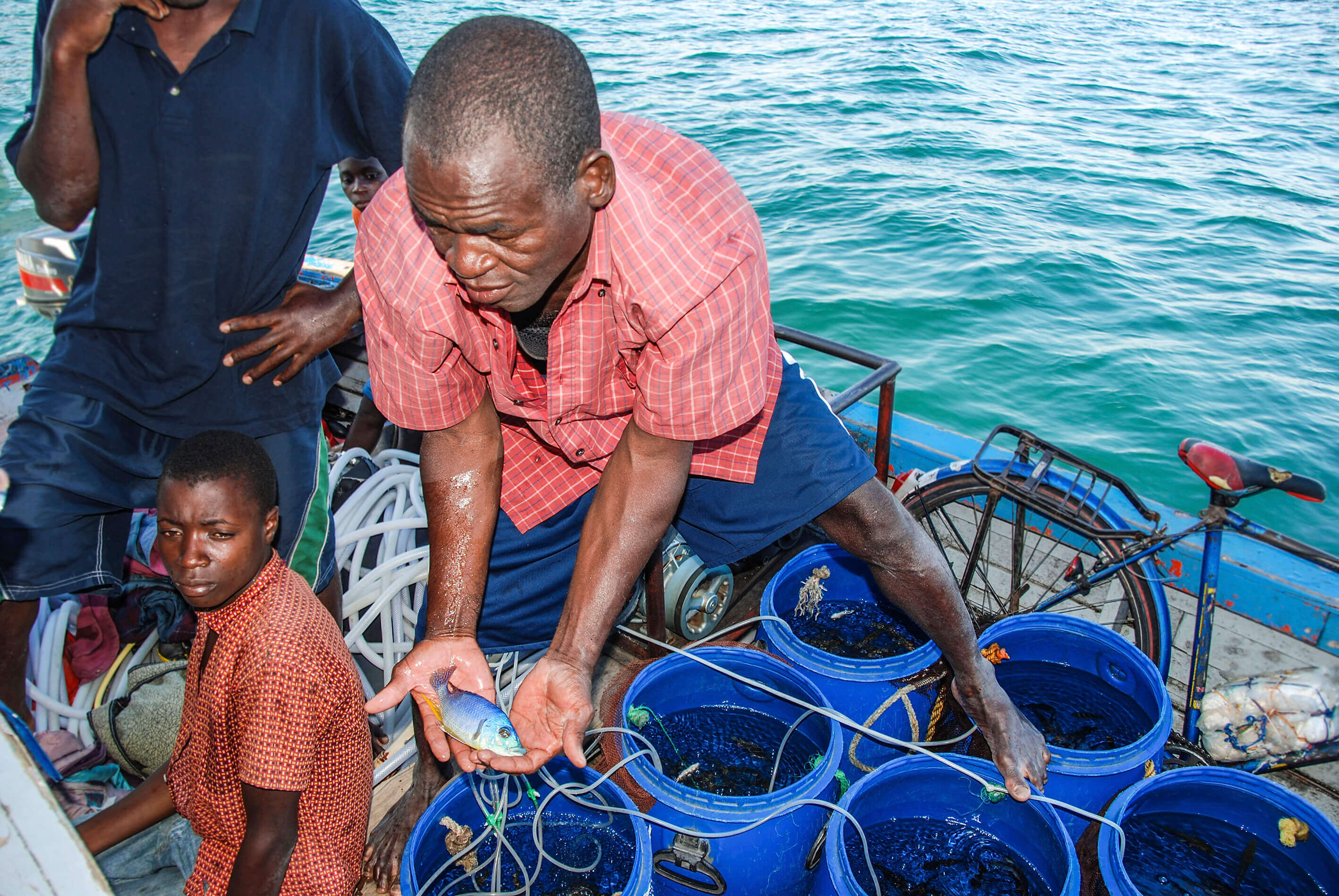 Team leader Maison Maulana proudly presents a fully colored male of Eclectochromis ornatus.
Team leader Maison Maulana proudly presents a fully colored male of Eclectochromis ornatus.
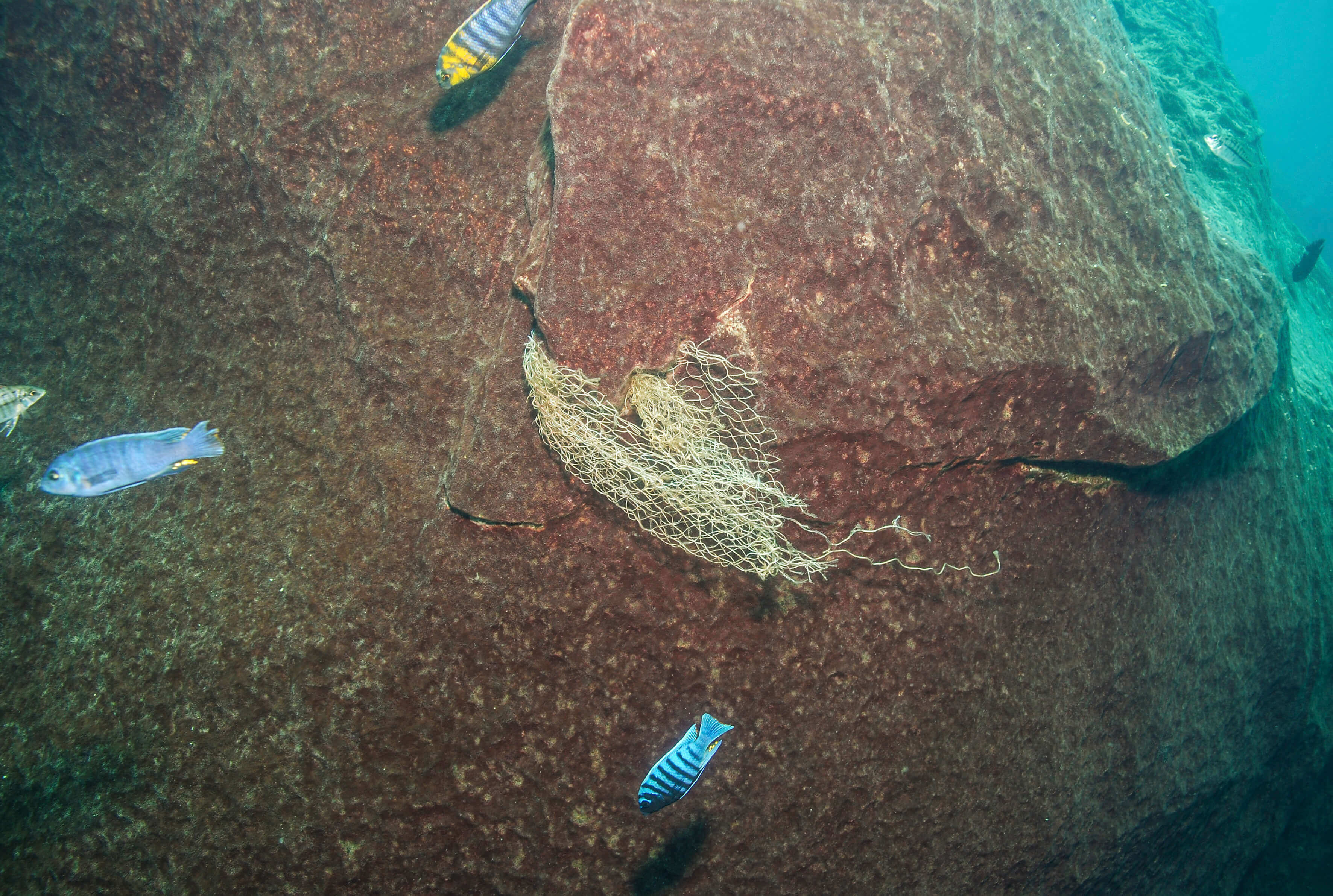
Fishing also takes place in the rocky areas, although there is a high risk of losing one's (expensive) net. The diving aquarium fish catchers are then highly welcome to cut the trapped net loose.
Fishing and deforestation
There are recent reports that some species that have a limited range have become rare (Johnson 2019). Mostly mentioned are Pseudotropheus saulosi from Taiwan Reef off Chisumulu, Melanochromis loriae ("Chipokae") from Chindunga Rocks off Chipoka, and Aulonocara kandeensis from Kande Island. However, these cichlids are by no means fish that are kept or demanded very often, as for example the yellow Labidochromis sp. "Yellow". All in all, I think it is difficult to come to a reliable assessment without appropriate studies.
In my opinion, the only real threat to the biodiversity of Lake Malawi at present is the increase in the population of the lake. Local fishing is likely to play a significant role, but possibly not the decisive one. Significant impacts are likely to come from vegetation clearing. Wood is an important fuel.
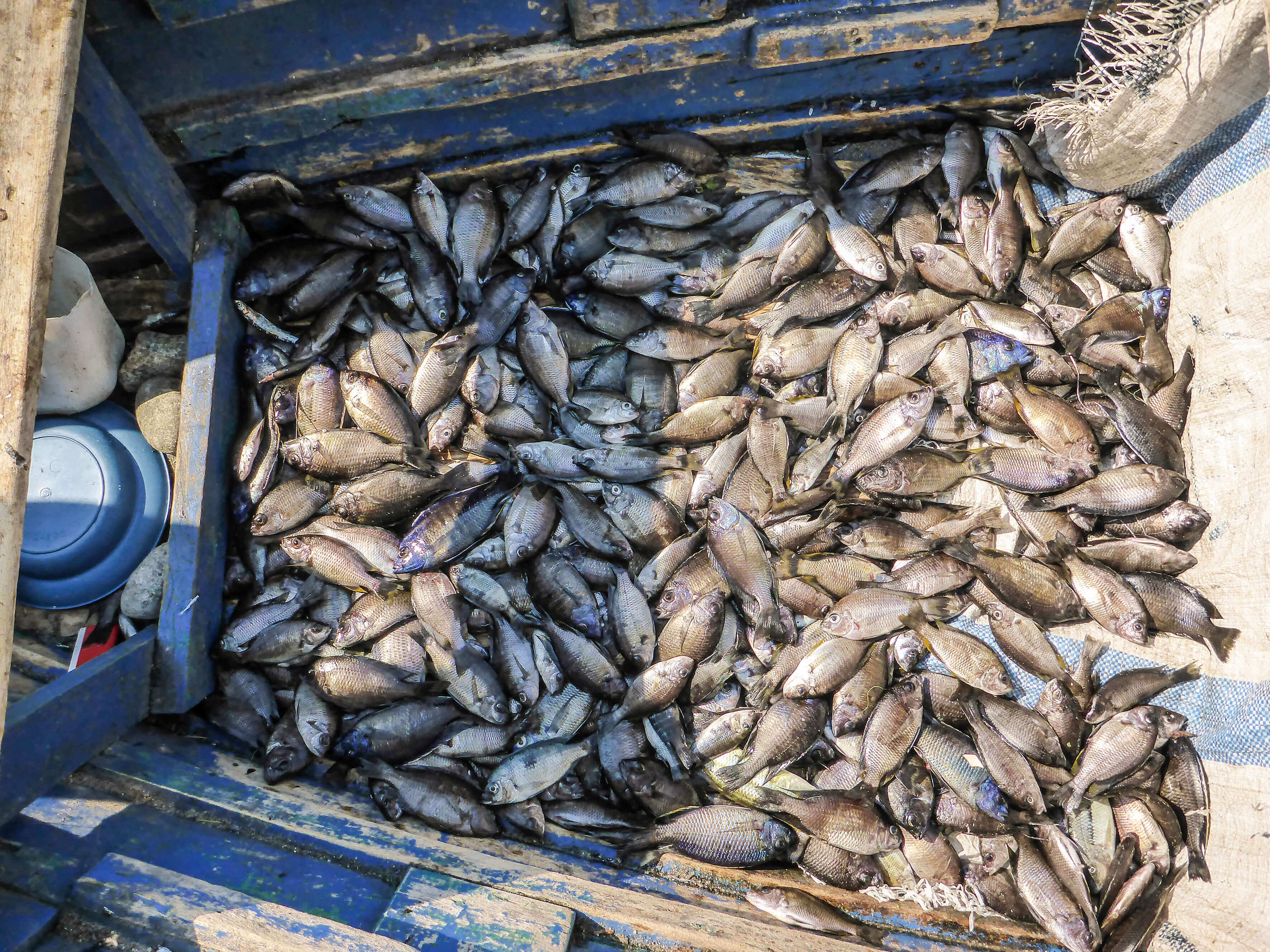
Then, when the topsoil is no longer held in place and is washed into the lake when it rains, the water becomes cloudy and the sun's rays do not penetrate as deeply. The thick growth that covers rocks and boulders in Lake Malawi, along with planktonic algae, is the food base for many cichlids. This beginning of the food chain is directly dependent on solar energy and if algae growth decreases significantly, this is likely to have immediate consequences on the nutrient supply of all other inhabitants in and around Lake Malawi.
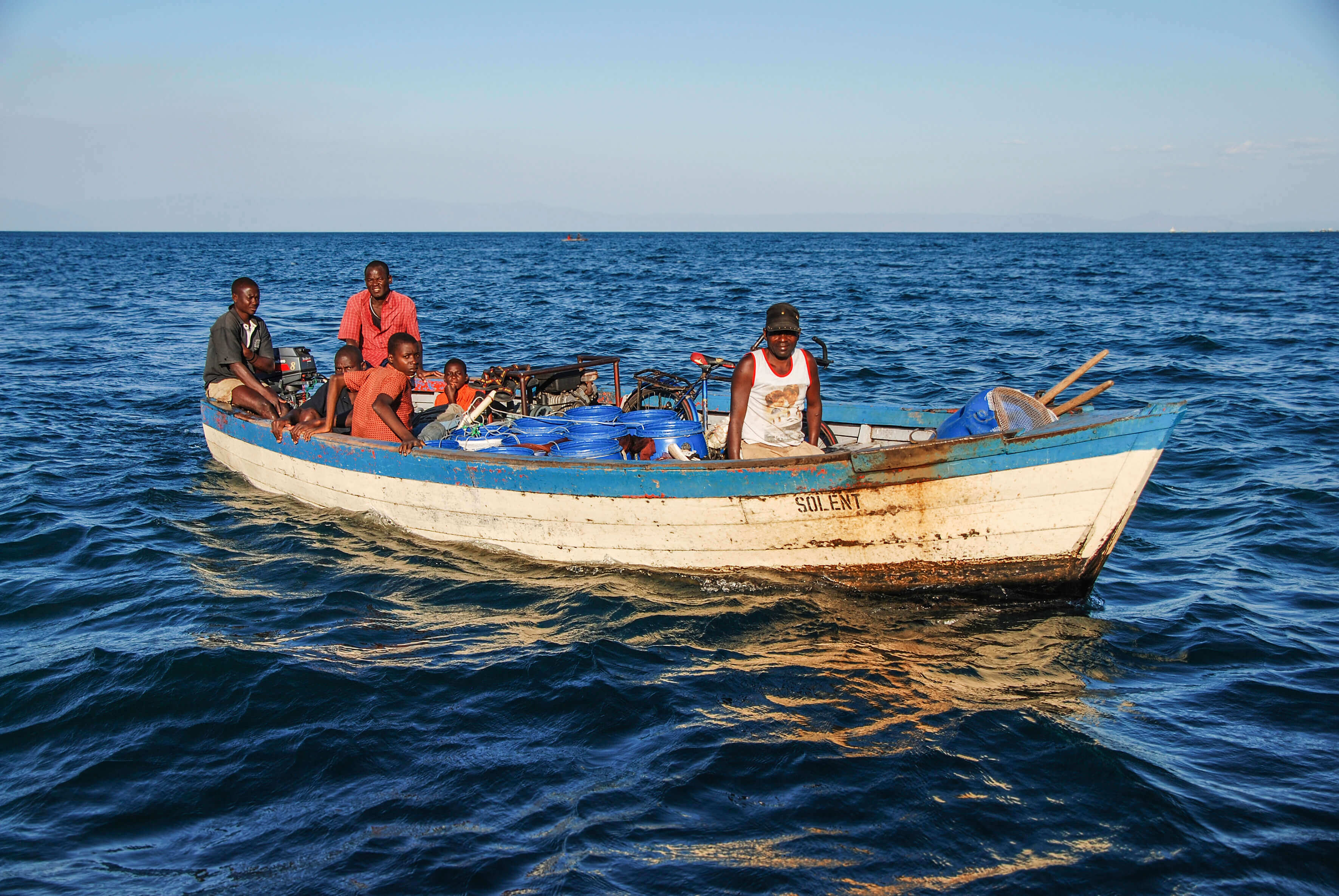 In the late afternoon, the fishing crew stationed on the northwest coast in Chilumba returns to port.
In the late afternoon, the fishing crew stationed on the northwest coast in Chilumba returns to port.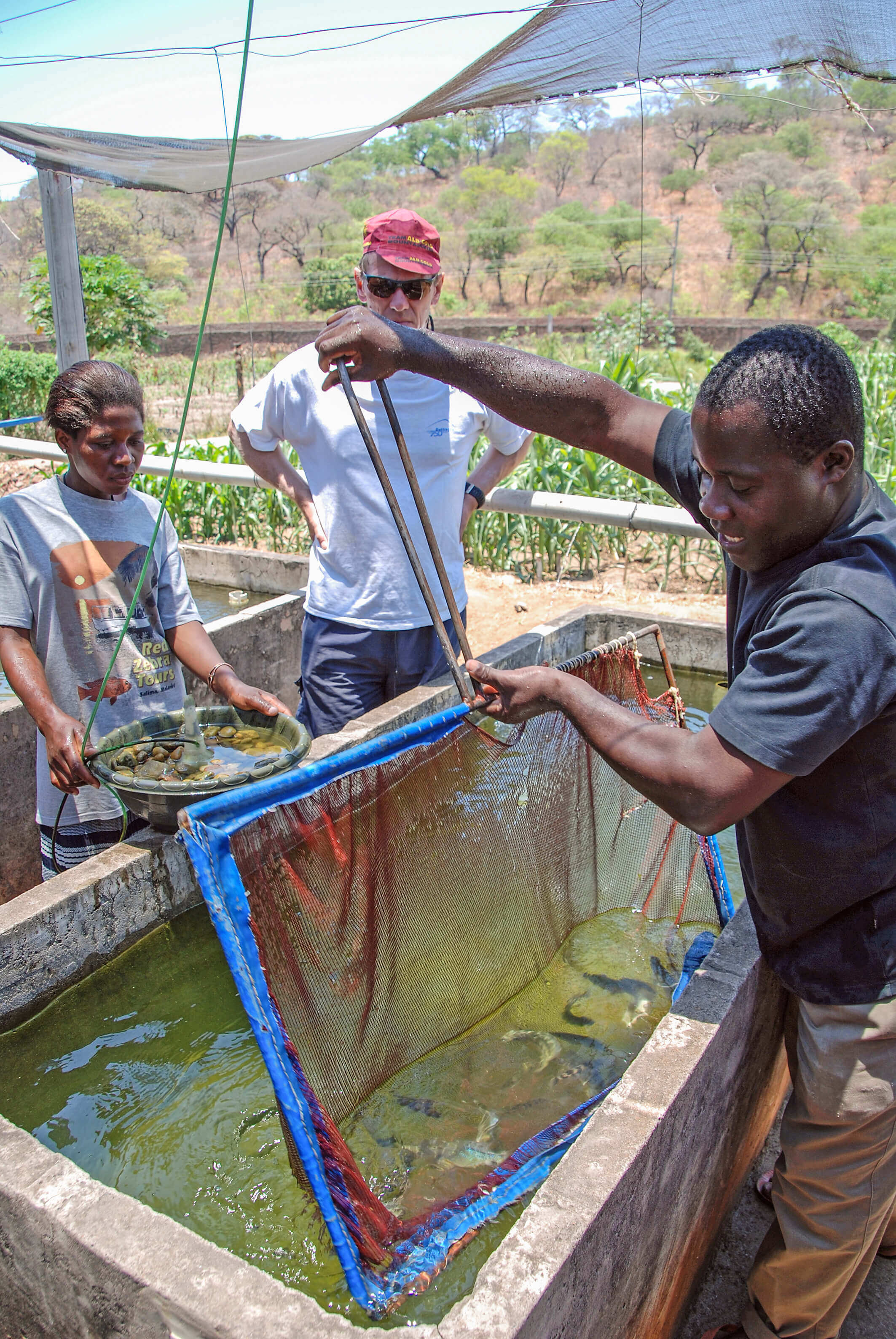 Long-time fish house staff have surprised many a visitor with their knowledge of the species.
Long-time fish house staff have surprised many a visitor with their knowledge of the species.
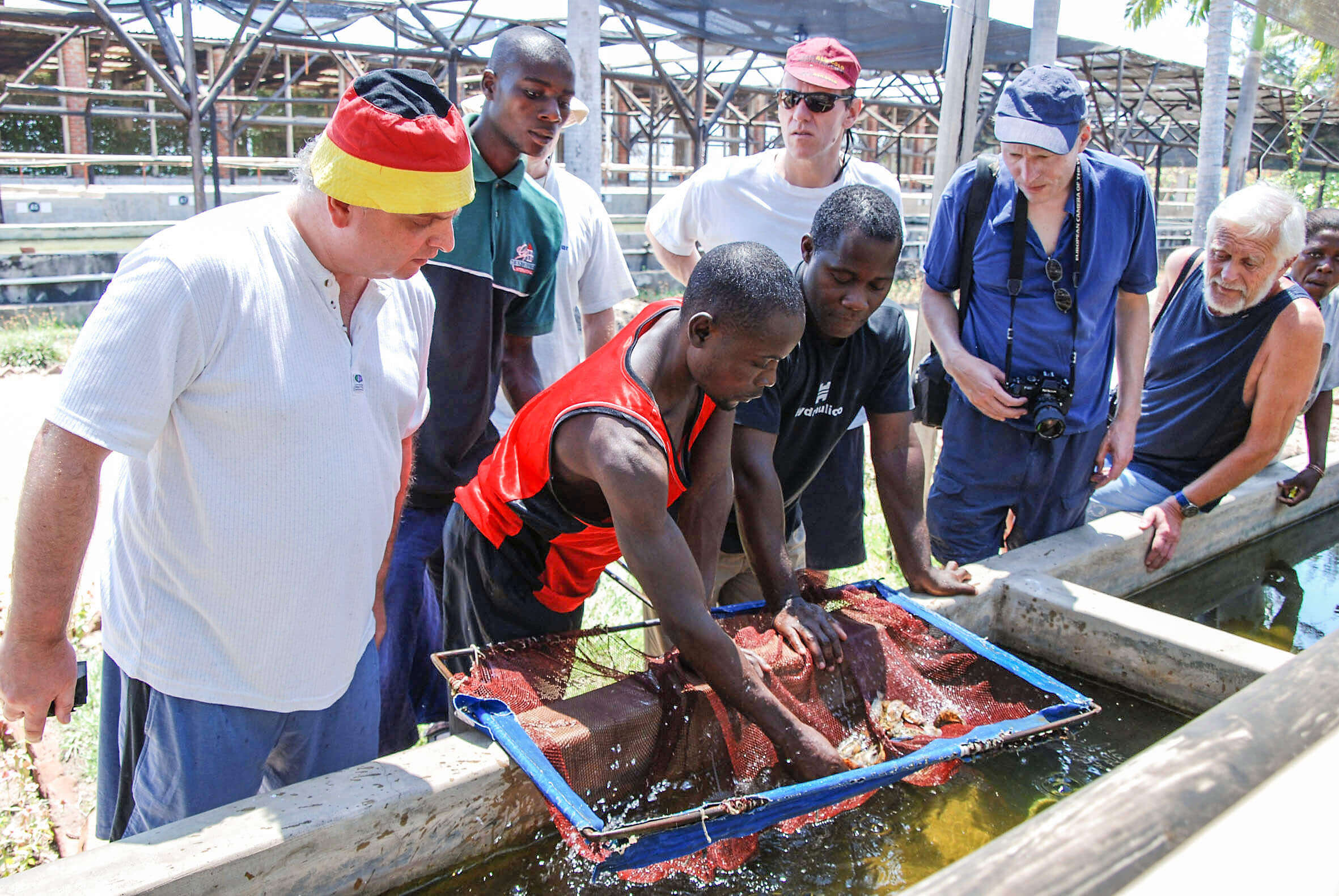
First-hand information: aquarist group inspects freshly caught new arrivals at the fish house.
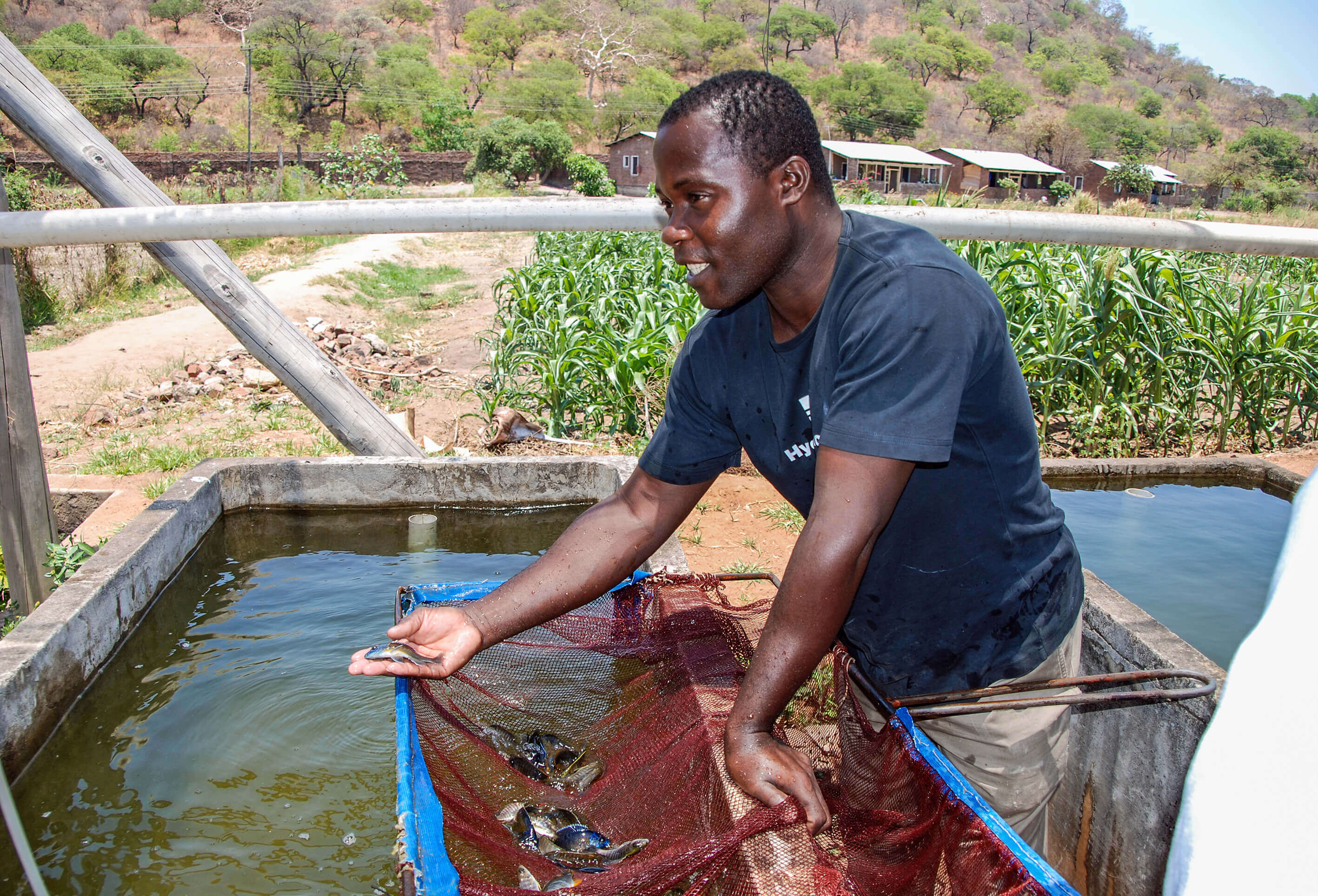
Text & photos: Andreas Spreinat
Literature:
Johnson, L. (2019): Saving Chindongo saulosi "Taiwanee Reef." Cichlid News 28 (4): 18-20.
Ribbink, A.J. & B.A. Marsh, A.C. Marsh, A.C. Ribbink, B.J. Sharp (1983): A preliminary survey of the cichlid fishes of rocky habitats in Lake Malawi. S. Afr. J. Zool. 18 (3): 149-310.
Staeck, W. (2014): Impact of a ban on wildlife keeping on aquaristics. D. Aqu. u. Terr. Z. (DATZ) 67 (11): 24-21.

